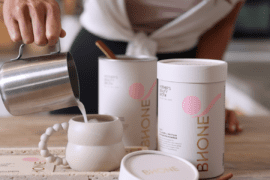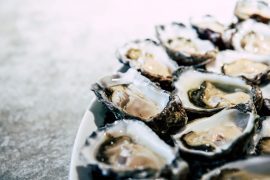Sediment Filtration
Sediment filtration is a method used to separate solid particles from the water. It is the most popular home-based water filtration system. The sediment filtration material is called a sediment filter. It is usually made from polypropylene or pleated polyester with micron ratings that range from 1 to 100.
Activated Carbon
Carbon removes the contaminants in the water by chemically attaching to the water. Activated carbon filters come in different types. Some basic ones remove the chlorine from the water to improve taste and get rid of the odour. Others are more sophisticated and remove harmful contaminants found in the water, like metals. However, carbon filters do not remove organic pollutants in the water.
Reverse Osmosis
One of the most commonly used water filtration methods is reverse osmosis. In this method, water passes through a semipermeable membrane that allows the water to pass while preventing the impurities. Because this method offers the finest level of filtration, it is commonly used in environments like hospitals.
Usually, a reverse osmosis system is placed under the sink. Water coming from the main supply passes through the filter before it comes out of the tap.
This method does not remove metals, solvents, and pesticides. Also, the fact that the water has to go through several stages can render the method more expensive.
Ultrafiltration
The ultrafiltration (UF) method uses pressure to move a fluid through an extremely fine semipermeable membrane (in most cases, 0.01 to 0.5 microns). This makes the filter able to get rid of microscopic contaminants, such as bacteria and parasites. The main advantage of this method is that it retains essential minerals in the water.
The UF method’s main disadvantage is that it cannot remove the solids dissolved in the water. This is why the method is often used in conjunction with other methods like reverse osmosis and activated carbon.
Water Purification Methods
There are several water purification methods, some of which share similarities with filtration methods:
Boiling
Boiling is the cheapest and easiest way to purify water. The boiling process kills parasites, germs, and bacteria. Even though the general advice has been to let the water boil for up to five minutes, some recent studies show that just getting the water to boiling point is enough.
The main advantage of boiling as a purifying water method is that it is inexpensive and can be done anywhere as long as you have a heat source. Also, boiled water can kill most microorganisms.
While boiling may be the only choice when there are no other means of purifying water, the method does not totally eliminate contaminants. For instance, it cannot eliminate the nitrates used in fertilisers that can enter the water system and other undesirable minerals like mercury and lead found in underground natural deposits.
Filtration
Filtration involves physically separating water from contaminants. It is perhaps the most prevalent purification method, and water filters are easy to acquire at home.
The efficacy of a water filter depends on the size of its pores, measured in microns. The standard pore size of a good-enough filter is 0.2 microns. To set up a filtration system, charcoal and activated carbon are arranged in cylindrical or round blocks. As the water goes through the carbon, the contaminants and chemicals are absorbed by the carbon, allowing clean water to go through.
The filtration process removes impurities like metals, sediments, parasites, and bacteria. Filtration is a quick process and does not alter the taste of the water.
Distillation
Distillation dates as far back as the time of the Ancient Greeks in AD 200. This is probably the most effective method of cleaning water because when water is turned into steam by boiling, the impurities are left behind.
The distillation process requires a heat source, containers for boiling the water and collecting the condensed steam, and a tube for the vapor to pass through.
While the distilled water is free from contaminants, the distillation process may also destroy the water’s essential minerals.
Chlorination
Chlorination is a method that has been used for over a century to disinfect water. This purification method removes viruses and bacteria. Because it kills undesirable microorganisms in water, this is a method that works well when combined with filtration.
For chlorine to be effective, it has to be in the water for some time before the water is used. Also, the dosages have to be managed, with lower dosages taking more time to clean the water. With regards to the safe levels of chlorine in drinking water, the Centers for Disease Control and Prevention advises that “chlorine levels up to 4 milligrams per liter (mg/L or 4 parts per million (ppm)) are considered safe in drinking water.”
Iodine Addition
Iodine kills bacteria and viruses easily but may leave your water with an unpleasant taste. It is a powerful substance and should only be used sparingly. Iodine, used in carefully-measured quantities (two drops per quart of water) and allowed to stand for 30 minutes, is deadly to most biological water contaminants.
Originally published here.










